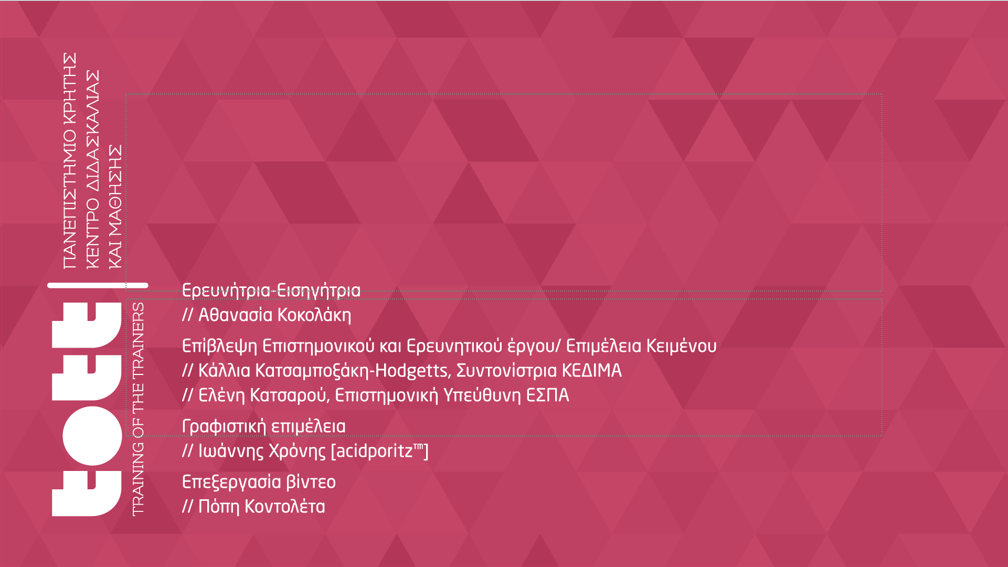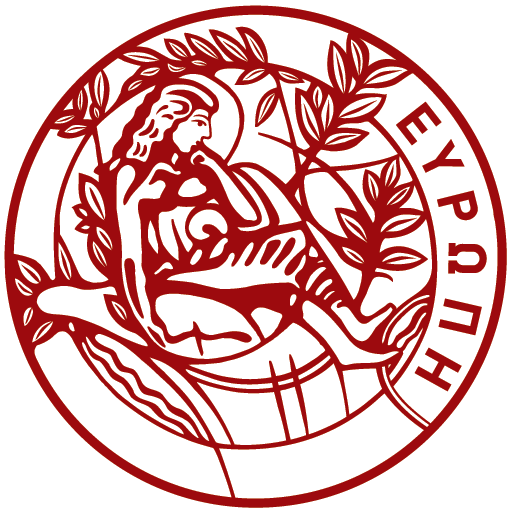Inclusive Education
August 30, 2023 2023-08-30 15:55Inclusive Education
Inclusive education is a pedagogical approach that seeks to address potential barriers to the effective engagement of students in the learning process by providing them with the appropriate resources and practices to ensure their effective and flexible participation (Collins et al., 2019; Moriña, 2022). Initially, the concept of inclusion focused mainly on learners with disabilities and/or learning difficulties. It was then expanded to include all learners who experience the risk of marginalisation or exclusion due to race, ethnicity, religion, language, socio-economic status, gender, sexual orientation, etc. However, this prevailing perception that inclusive education focuses on and seeks to mitigate ‘individual differences’ prevents the creation of appropriate teaching and learning conditions that are not determined by labels and categorisations but are relevant to all learners regardless of their background (inclusion for all) (Collins et al, 2019; Moriña, 2022; Redpath et al. 2013). Moreover, it is important to note that learners from traditionally underrepresented groups do not face different challenges from those of the wider community of learners. In fact, they face these challenges with a greater intensity.
The teaching practice of flexible grouping is one of the basic practices of inclusion, which is based on the principles of differentiated teaching and cooperative learning. According to Roos (2019), the need for differentiation in teaching arose from the need to include all students in the learning process. Through differentiated teaching, i.e. an organised but flexible way of adapting teaching, and therefore learning (based on the individual “profile” of the students@ of each course), academics can help students achieve the maximum possible learning outcome (Tomlinson, 2001). It is therefore an organised teaching approach in which the lecturer/ tutor /instructor takes into account the level of each student in order to achieve the best possible learning outcomes.




